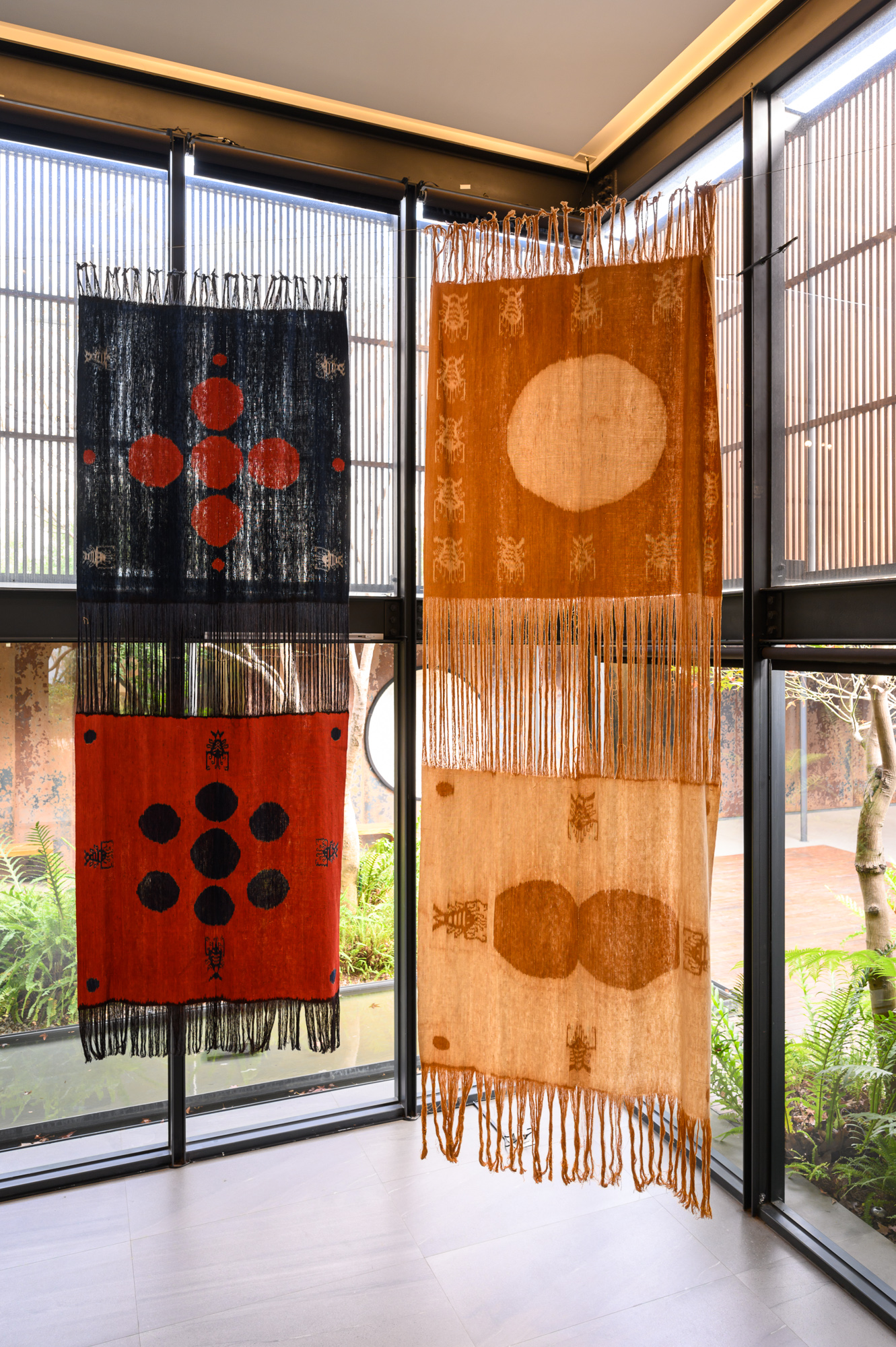Charwei Tsai
-
Songs We Carry, Lumbung Radio
Lumbung radio, DocumentaKassel, Germany17th Joly, 2022Initiative for Practices and Visions of Radical Care and dialogues on “On Care and Resilience” with Charwei TsaiCurated by Simona Dvorak You can listen to a sound contribution by Charwei Tsai, a Taiwanese-born artist who currently lives and works in Taipei and Paris. In her art practice, Tsai uses a…
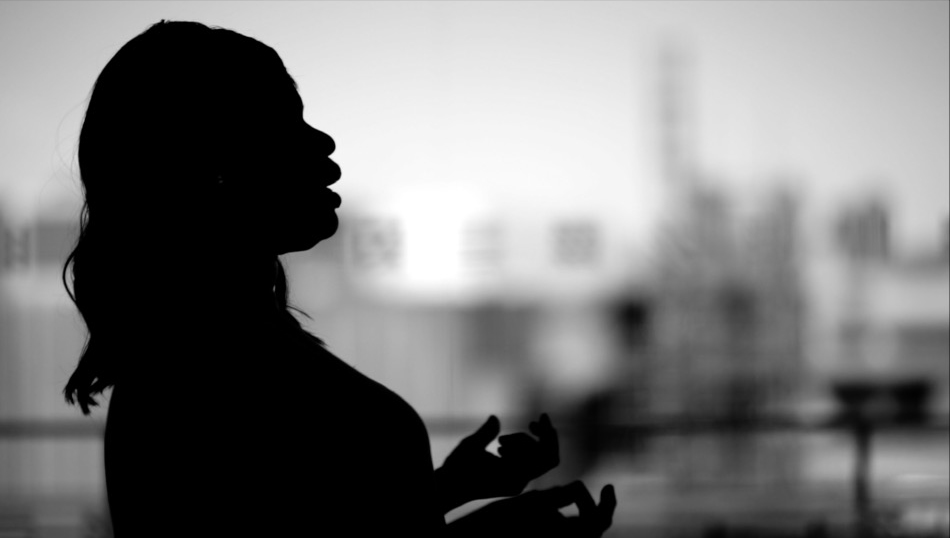
-
Circle
Performance of Circle & Screening of Lanyu: Three Stories at Forum Climat, Centre Pompidou, Paris, France, 2022 Sound for Circle by Davaajargal TsaschikherSpecial thanks to Simona Dvorak, Linus Gratte, Chrlene Dinhut, Eva Daviaud & team, Arco RenzPhoto Courtesy of Centre Pompidou & the artist. Charwei Tsai’s artistic practice oscillates between the intimate and the universal…
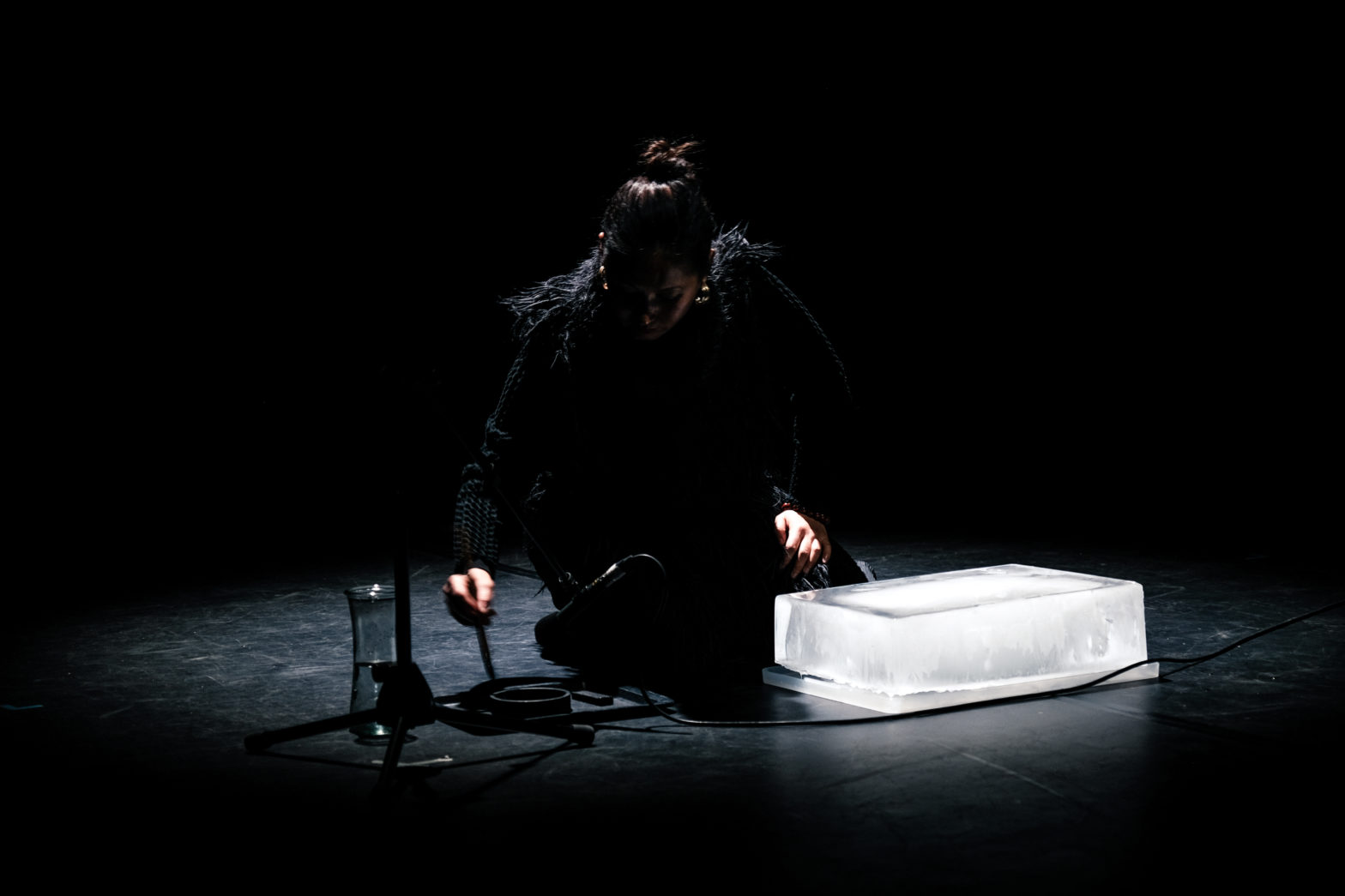
-
From a Dust Particle to the Universe
From a Dust Particle to the Universe, 2021 Installation with cinnabar natural pigments & ink 700 x 600cm National Taichung Theatre’s Art Corner Commissioned by Live Forever Foundation, Taichung, Taiwan From a Dust Particle to the Universe, Tsai’s largest drawing to date, is a site-specific production for the National Taichung Theatre’s Art Corner. Over a…
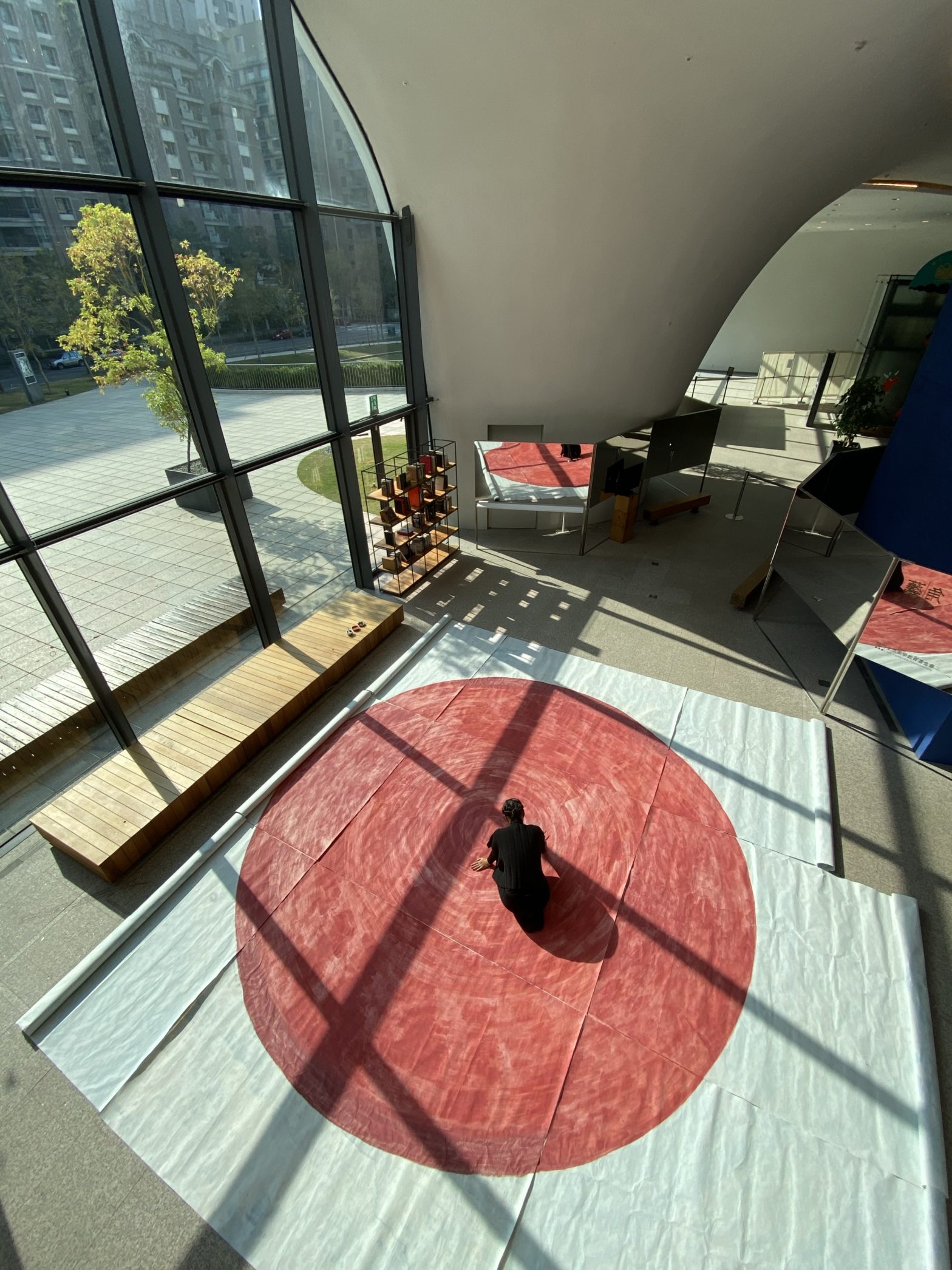
-
Five Sky Dancers
Five Sky Dancers Series, 2021 Drawings with natural pigment extracts from cinnabar, azurite, malachite, orpiment, and amphibole & ink on rice paper 180x180cm Collection of Live Forever Foundation, Taiwan This is a series of drawings made in homage to the five wisdom dakinis, which literally means sky dancers and represent the feminine energy in the…
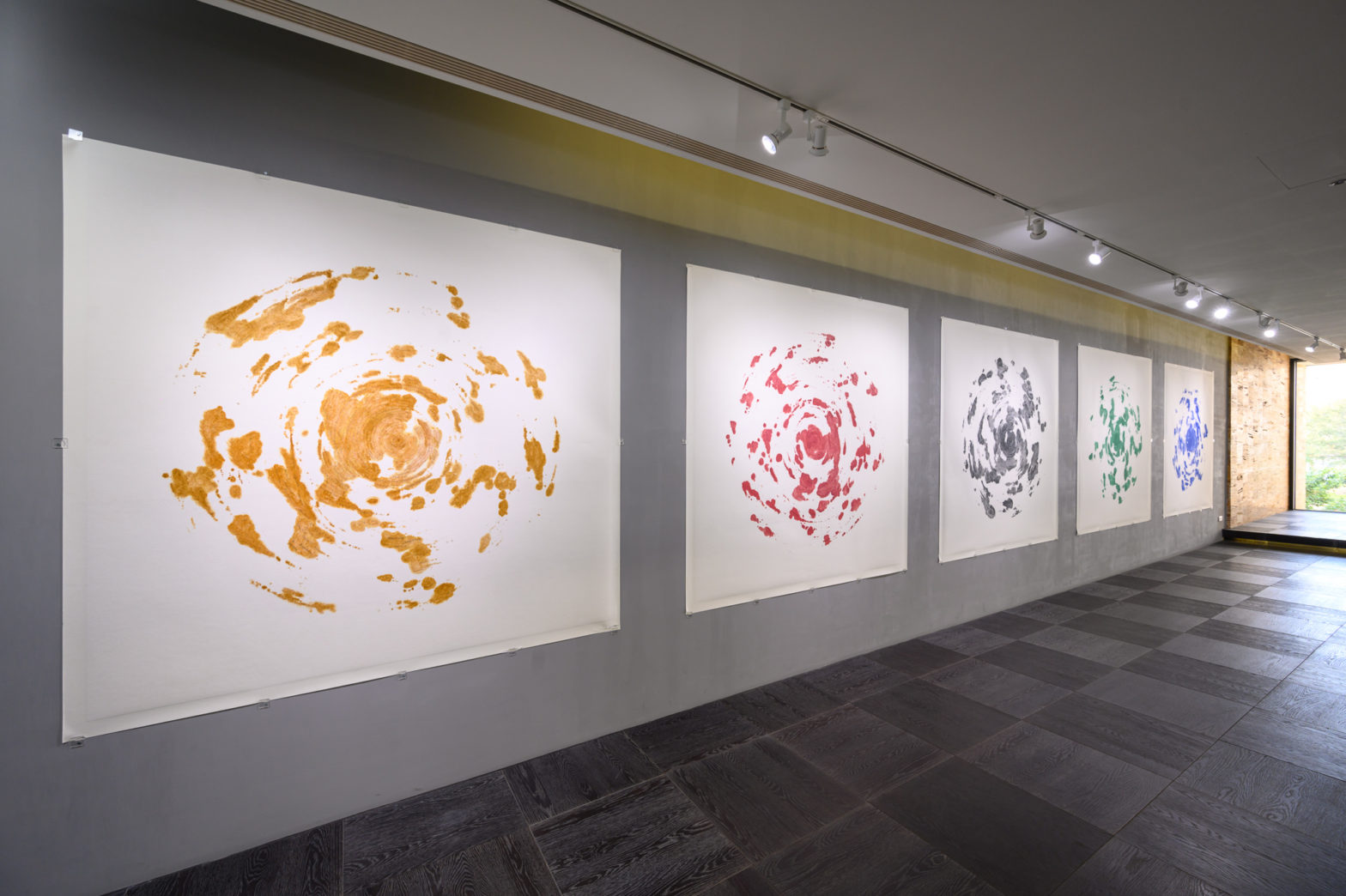
-
Ndewa & Hamanangu Series
Ndewa & Hamanangu Series, 2021 In collaboration with Alia Swastika and Nency Dwi Ratna Ikat textile woven with hand-spun cotton yarn, hand made, sourced plant-based dye from indigo, morinda, and turmeric from Sumba 124x265cm each piece Ndewa & Hamanangu, is a series of ikat textiles made in collaboration with a young weaver Nency Dwi Ratna…
